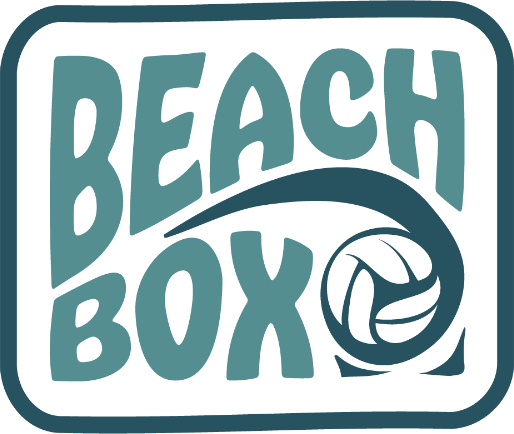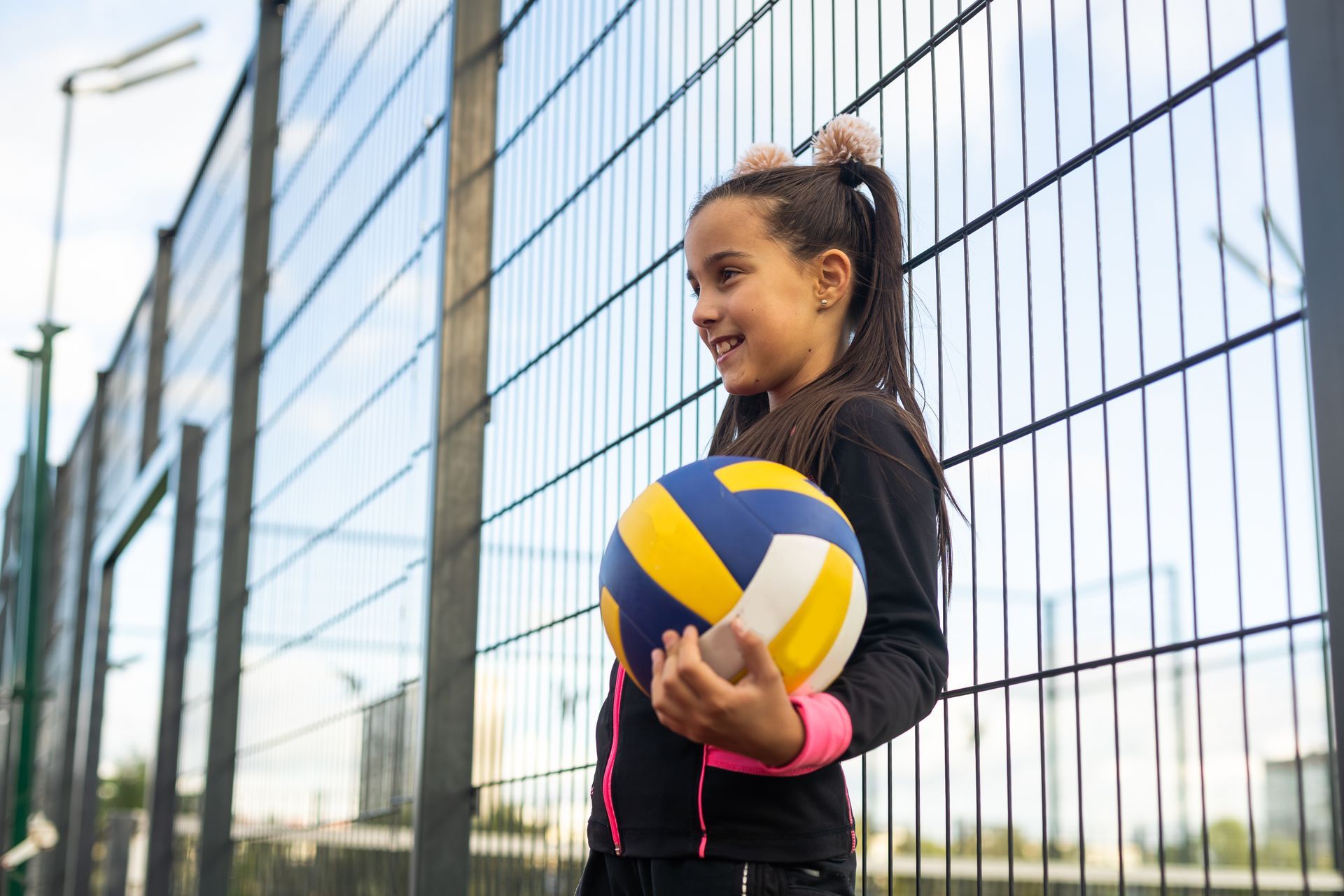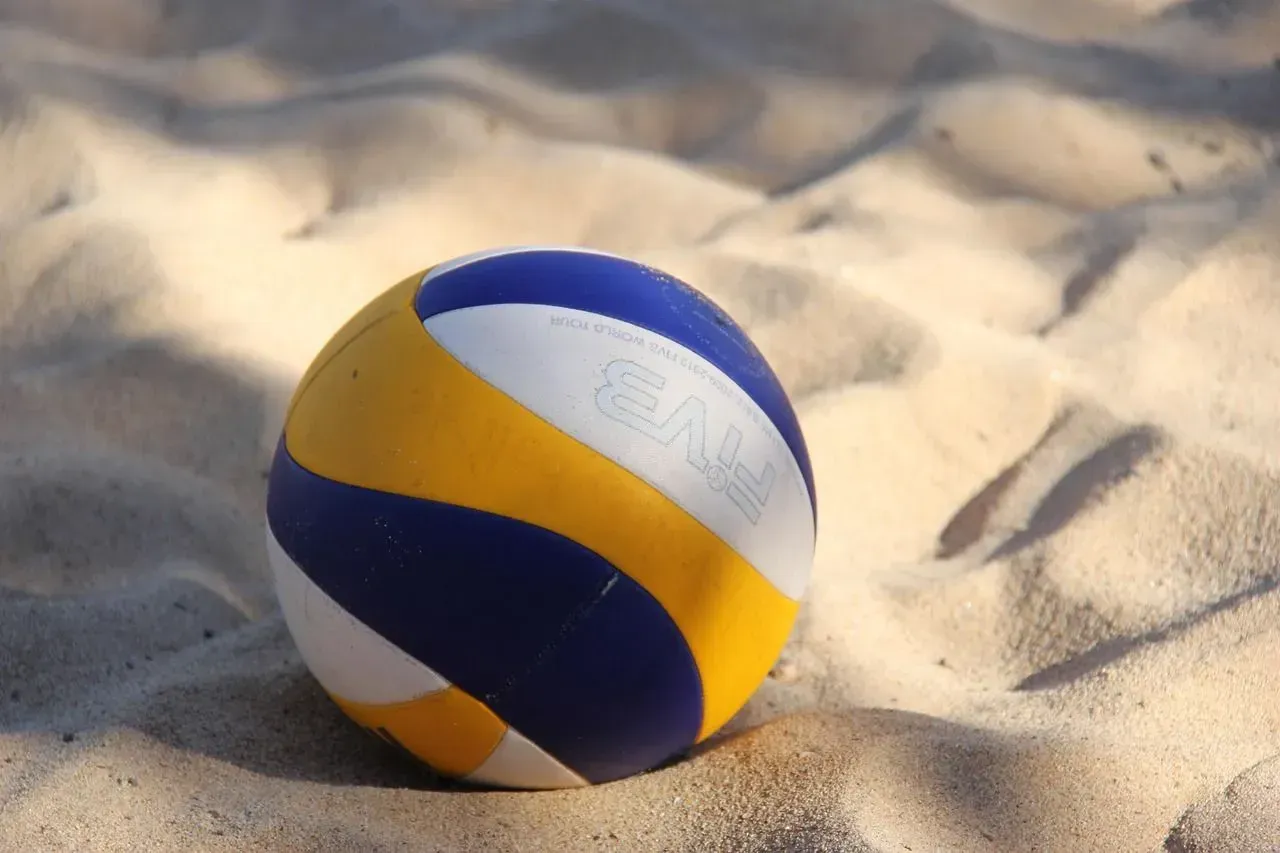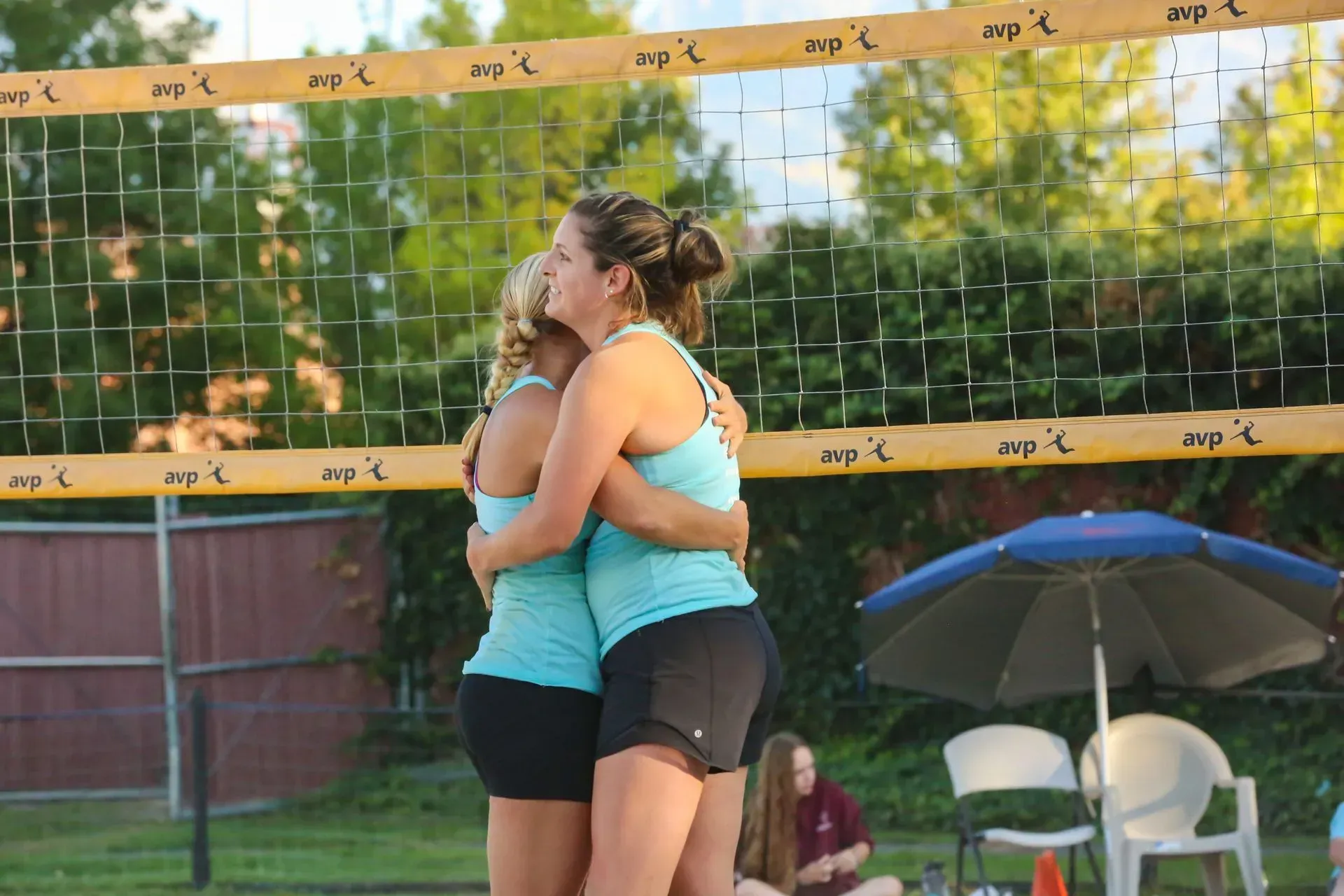Beach Volleyball vs Indoor Volleyball: What’s the Difference?

Volleyball is one of those sports that looks simple until you actually step on the court. Whether you’re playing on sand under the sun or indoors under bright gym lights, volleyball tests your agility, teamwork, and strategy. But here’s the thing: beach volleyball vs indoor volleyball is not just a change of scenery. These two versions of the game have unique rules, playing styles, and vibes that make them stand apart.
If you’ve ever wondered why beach volleyball players look like they’re diving into a sandpit while indoor players seem to fly across the hardwood floor, this breakdown is for you. We’ll cover everything from the number of players to the strategy differences and even the culture behind each style of play. And we’ll have some fun along the way because, let’s face it, volleyball is exciting no matter where you play.
Court Size and Playing Surface: Sand vs Hardwood
One of the most obvious differences between beach volleyball and indoor volleyball is the court itself. In indoor beach volleyball (yes, you can actually play beach volleyball indoors at facilities like ours), you’re essentially bringing the beach vibe inside. Let’s compare.
- Court Size: Indoor volleyball courts are larger, typically 18m x 9m, while beach volleyball courts shrink down to 16m x 8m. That smaller space on the sand makes for longer rallies and more intense one-on-one battles.
- Surface: Hardwood floors indoors are all about quick movements and high jumps. Sand, on the other hand, absorbs your energy, making it harder to leap and requiring more endurance. If you’ve ever sprinted across sand, you know it’s basically like running in slow motion.
- Boundary Lines: Indoor courts have attack lines and positions for players. In beach volleyball, those lines don’t exist. It’s a free-for-all in terms of where you can hit from, as long as you stay within the court boundaries.
This difference in playing surface is why beach volleyball often looks like a test of raw grit, while indoor volleyball feels like a showcase of speed and precision.
Number of Players and Team Dynamics
If you’ve ever tuned in to a professional match, you’ll notice beach volleyball teams are typically two players per side. Indoor volleyball, though, runs with six. This changes everything about strategy and team dynamics.
Beach Volleyball (2 players):
- No substitutions. If you’re tired, you tough it out.
- Each player needs to be versatile, able to pass, set, spike, and dig.
- Communication is key, since you don’t have a big roster to rely on.
Beach Volleyball (2 players):
- Positions are specialized. You’ll see setters, liberos, hitters, and blockers.
- Substitutions are allowed, giving teams a chance to rest key players.
- Strategy revolves around precise rotations and planned attacks.
Beach volleyball is more about adaptability, while indoor volleyball is about teamwork and roles. Think of it like a small band playing all the instruments versus a full orchestra where everyone sticks to their part.
Ball Size, Weight, and Feel
Believe it or not, the ball itself is different in beach volleyball vs indoor volleyball.
- Beach Volleyball: The ball is slightly larger and lighter. This makes it easier to float in the wind but harder to control when you’re passing. The softer feel helps when you’re diving and landing in the sand.
- Indoor Volleyball: The ball is smaller, heavier, and designed to move fast. Players hit with more power, and the ball responds with speed. The slick surface also makes it bounce more on the hard court.
So next time you’re wondering why your indoor volleyball spikes aren’t working on the sand court, blame the ball and the sand for slowing you down.
Rules and Scoring Differences
Another important difference comes down to rules. While the basics remain the same (rally scoring, three touches max, don’t let the ball hit the ground), the details vary between beach and indoor volleyball.
- Scoring: Indoor volleyball matches are best of five sets, with each set played to 25 points. Beach volleyball matches are best of three sets, with sets to 21 points. Both require a two-point lead to win.
- Touches: In beach volleyball, open-hand tips are not allowed. Players need to use their knuckles or palms to redirect the ball. Indoor players have more flexibility with tips and dinks.
- Blocking Rules: In beach volleyball, a block counts as one of your team’s three touches. Indoors, it doesn’t. That small difference creates big changes in how teams defend.
These rule variations create unique pacing and styles of play. Beach games often feel more relaxed but also more grueling due to the physical demands. Indoor games are fast-paced and rely on strategic play calling.
The Environment and Atmosphere
Let’s be honest: half the fun of volleyball is the environment.
- Beach Volleyball: Playing outdoors means dealing with sun, wind, and even rain. Every match feels like an event, often with music blasting and fans hanging out barefoot in the sand. It’s competitive but also carries a laid-back vibe.
- Indoor Volleyball: The gym environment is more controlled. No weather surprises. The atmosphere is electric, with fans cheering, whistles blowing, and teams locked into their rotations.
The choice often comes down to personality. Do you like the challenge of unpredictable conditions, or do you thrive in a structured, fast-paced setting?
Training and Fitness Demands
The physical demands of each sport differ, too.
- Beach Volleyball Training: Requires more overall conditioning. Running and jumping on sand builds endurance and leg strength. Players also train to handle long rallies and fewer substitutions.
- Indoor Volleyball Training: Focuses on explosive movements, agility, and vertical jump training. Because of team depth, players often specialize in drills that match their positions.
If you’re cross-training between both, you’ll quickly realize that beach training makes you stronger for indoor, while indoor sharpens your precision for beach. Many athletes play both to round out their skills.
Culture and Lifestyle Differences
Finally, let’s not forget the lifestyle each type of volleyball represents.
- Beach volleyball culture embraces fun in the sun, community events, and casual competition. It’s common to see people hang out after games, enjoying the beach vibe.
- Indoor volleyball tends to be more structured, with leagues, school programs, and formal tournaments. The culture feels more like traditional sports.
Neither is better than the other. It really comes down to what you want: the competitive structure of indoor or the sun-soaked energy of beach volleyball.
Get Started with Beach Volleyball Training in Pleasant Grove, UT
If you’re ready to sharpen your skills and experience the best of both worlds, our team at Beach Box is here to help. Call us today at (262) 422-5951 to learn more about our professional training and classes for indoor beach volleyball in Pleasant Grove, UT. We’ll help you improve your game while making the experience fun and rewarding.
Along with training, we also offer memberships, tournaments and leagues, events and parties, and clinics and camps. Whether you’re looking to compete, train, or just have a great time with friends, we’ve got a program for you. Join our community today and see why Beach Box is the go-to spot for volleyball lovers in Utah.
Frequently Asked Questions (FAQs)
Is beach volleyball harder than indoor volleyball?
Beach volleyball is more physically demanding because the sand slows movement and requires more endurance. Indoor volleyball, however, is faster-paced and highly strategic.
Can indoor volleyball players easily transition to beach volleyball?
Yes, but it takes some adjustment. Indoor players often struggle at first with movement in the sand and the lighter ball. With practice, many athletes enjoy both styles.
Why are beach volleyball teams only two players?
The smaller court size and the challenge of sand make it manageable with just two players. It also creates more opportunities for versatility and all-around skill development.
Is indoor beach volleyball popular?
Indoor beach volleyball is growing quickly because it allows players to enjoy sand play year-round without worrying about weather conditions. Facilities like Beach Box make it possible.
Which version is better for beginners?
Both have benefits. Beach volleyball helps players develop all-around skills, while indoor volleyball offers structured positions and team dynamics. Beginners should try both to see which they prefer.
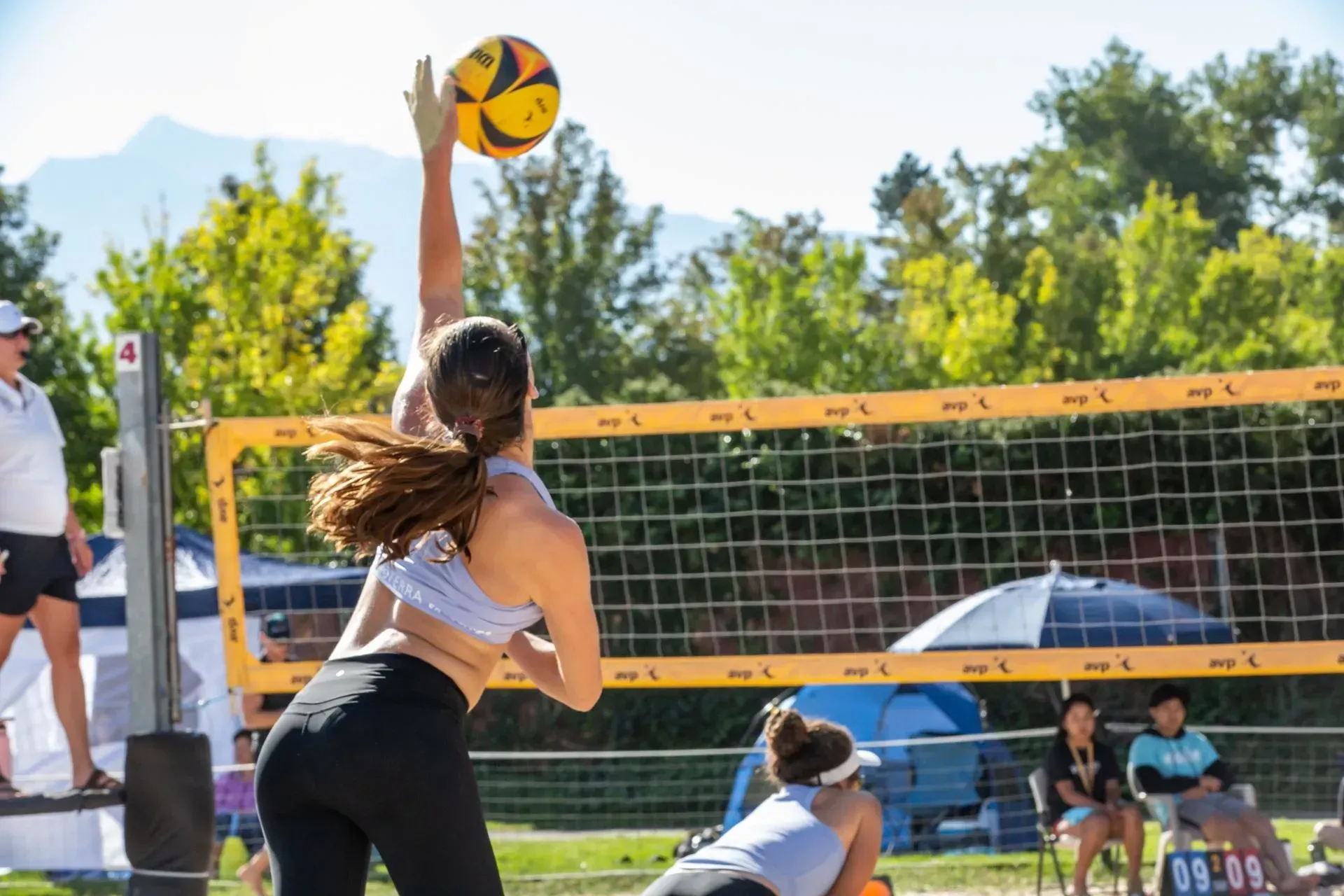
Share this article
